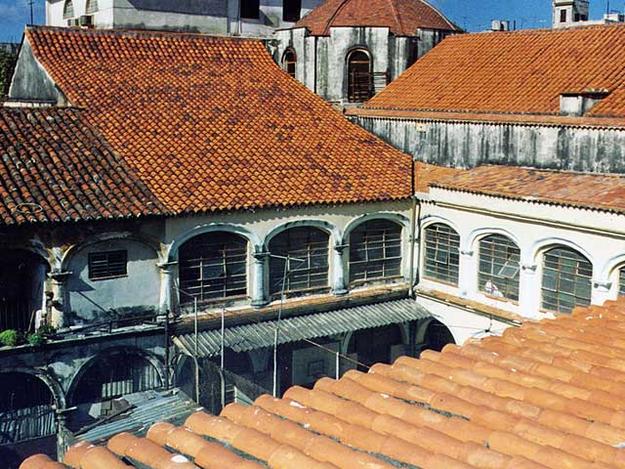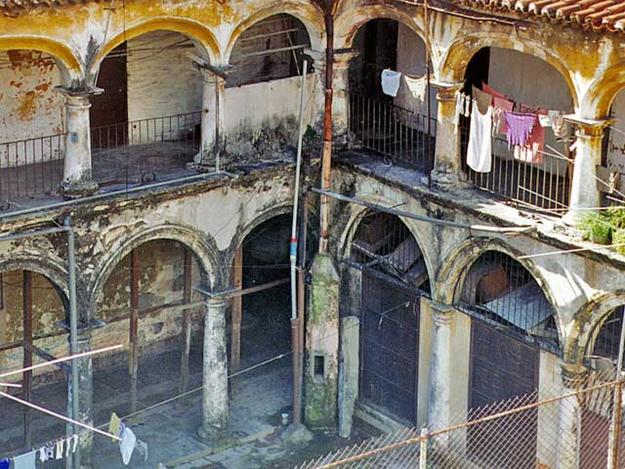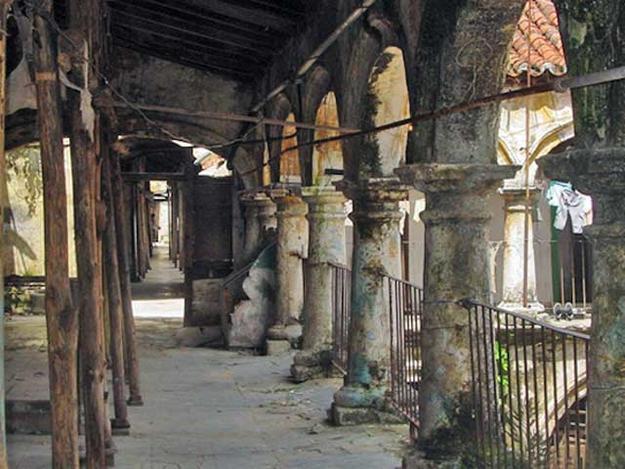Santa Teresa de Jesús Cloisters
2000 World Monuments Watch
When nuns established the Santa Teresa convent in 1707 and the cloisters later in the century, they employed Havana's most skilled carpenters, muralists, tile makers, and other artisans. The resulting two-story, mural-rich convent featured two wide double-galleried cloisters, a third, spacious, four-galleried cloister, and vegetable gardens. In 1923, the convent went into private ownership and became an apartment building. Today, Santa Teresa houses 186 people (56 families). As a way to enlarge their living spaces, many residents have covered over portions of the gallery, and built lean-to extensions within the courtyard. Frequent leaks and humidity have cracked wood surfaces, compromised archways, and caused parts of the building to collapse. Santa Teresa's problems are emblematic of colonial-era buildings in Old Havana: architecturally significant structures have taken on new uses and suffer from inadequate maintenance. Central to prospects for restoring the building is the need to involve its residents in the rescue process. Old Havana is on the World Heritage List.
Since the Watch
The deteriorating structure was placed on the city's list of priority sites for restoration, and a project led by the Office of the Historian of the City of Havana began in 2005. The findings of archaeological excavations conducted in the context of the restoration project were exhibited in the museum of the Castillo de la Real Fuerza in Havana in 2010. January 2011



